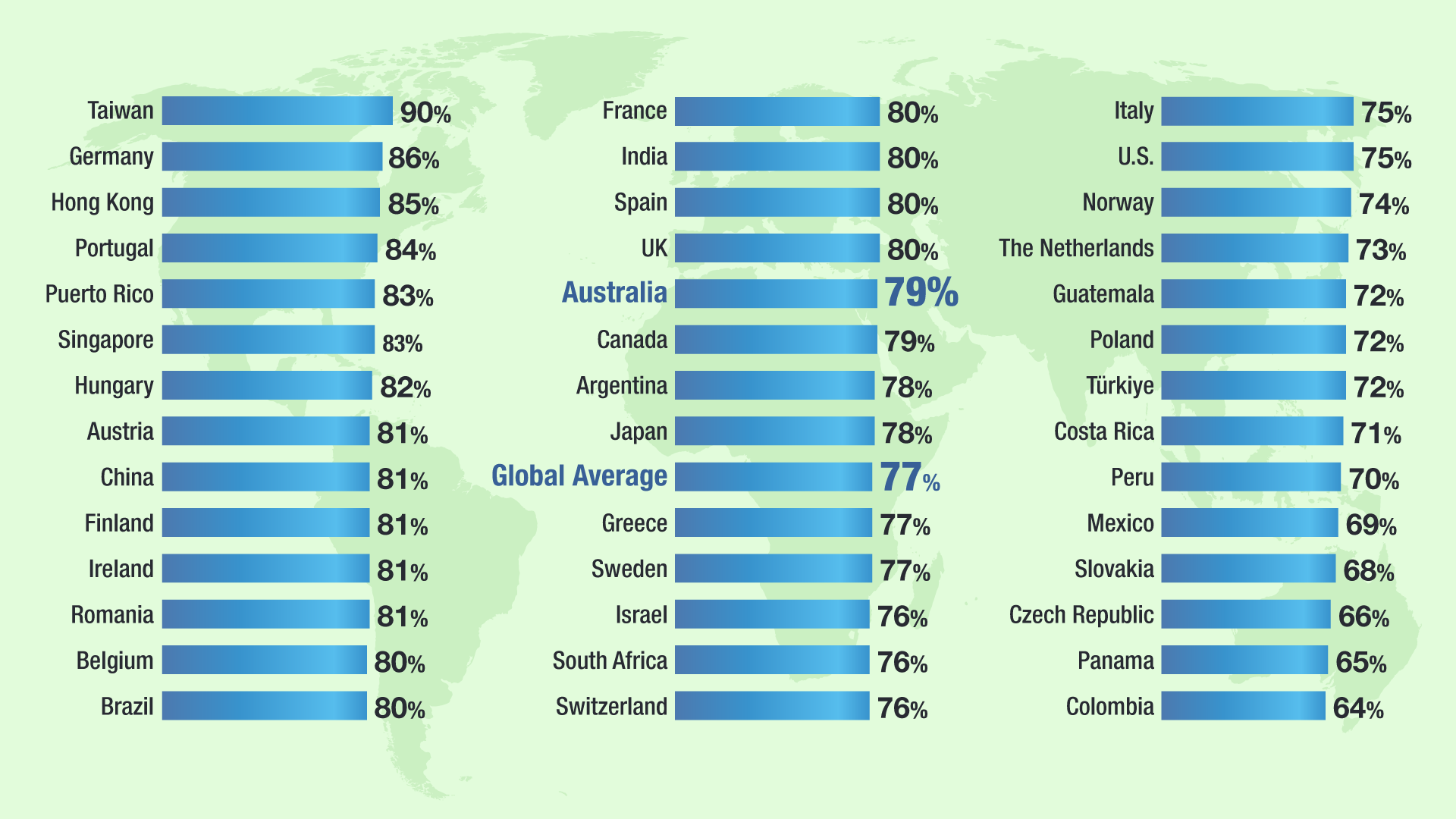As the global economy steadily recovers, employers are more optimistic and hiring demand remains strong.
Combined with changing skills needs, talent shortages have been pushed to their highest levels since our survey began in 2006.





Post-pandemic labor markets have demonstrated extraordinary resilience in many countries with low unemployment and growing talent shortages.
Today, 77% of employers report difficultly in filling roles – a 17-year high.
In our ManpowerGroup Talent Shortage survey, we provide the real-time data and insight that companies and people need to respond to today’s trends.
To keep pace, an effective talent strategy should comprise four key elements: build, buy, borrow, bridge.

Invest in learning and development to grow your talent pipeline

Go to the external market to attract talent that can’t be built in-house

Cultivate communities of talent outside the organization

Help people move on or move up to new roles within the organization
ManpowerGroup surveyed nearly 39,000 employers across 41 countries: Argentina, Australia, Austria, Belgium, Brazil, Canada, China, Colombia, Costa Rica, Czech Republic, Finland, France, Germany, Greece, Guatemala, Hong Kong, Hungary, India, Ireland, Israel, Italy, Japan, Mexico, The Netherlands, Norway, Panama, Peru, Poland, Portugal, Puerto Rico, Romania, Singapore, Slovakia, South Africa, Spain, Sweden, Switzerland, Taiwan, Türkiye, UK and the US.




